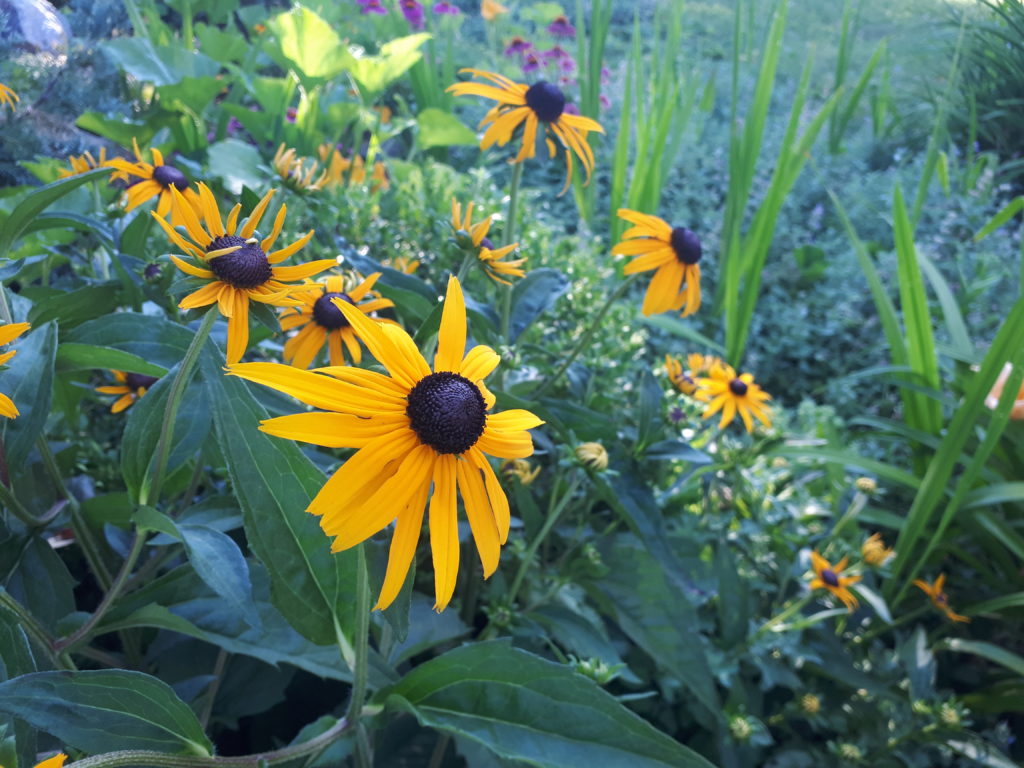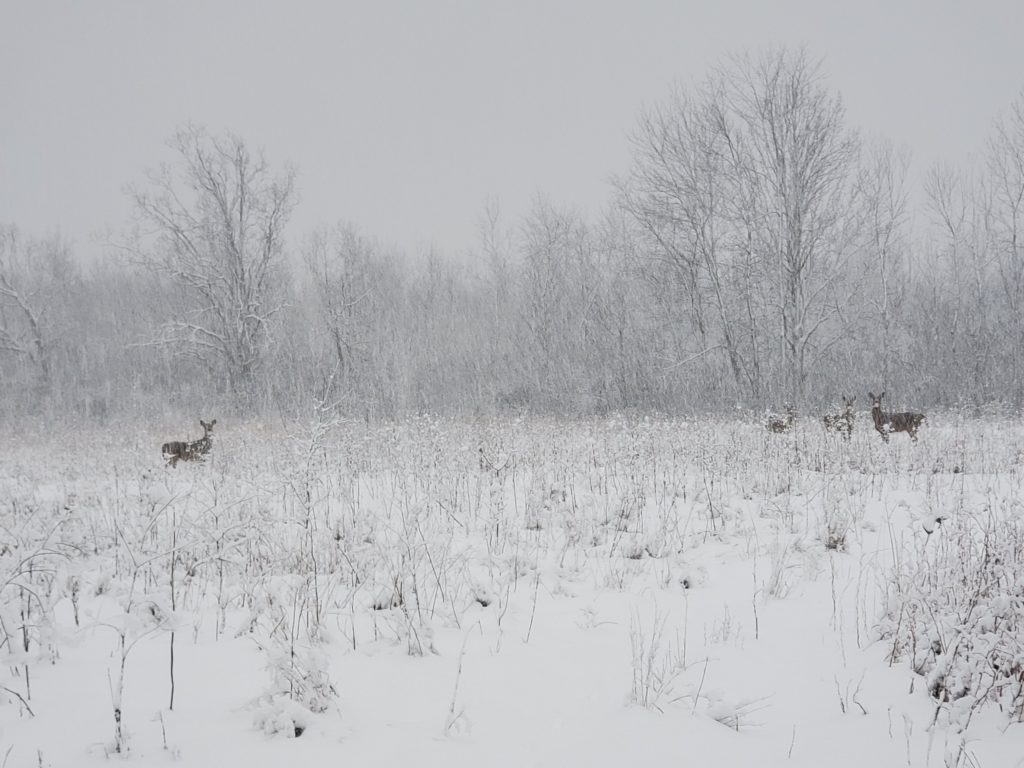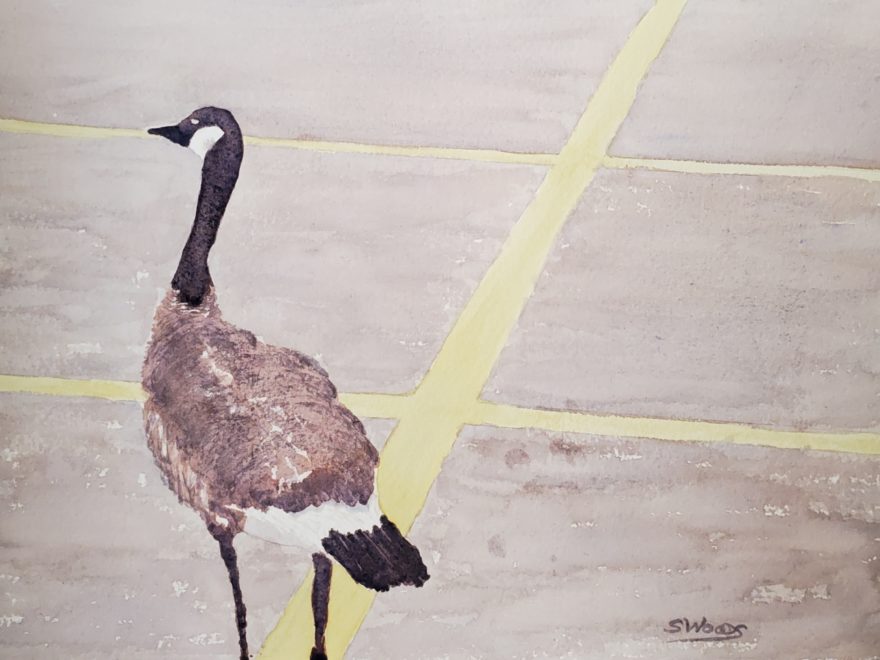Almost as soon as I was diagnosed with a rare disease known for causing significant – or ‘high impact’ – chronic pain in 2016, I began using my nature photography as a means to raise awareness of pain. I’d already been using my photos for bioethics outreach, here on the blog, since 2007… although, as you’ve likely noticed, I blog as often now about the field of chronic pain as I do about bioethics! As it turns out, these two areas converge quite often.
In 2018 one of my nature photos was juried into an art exhibition at the McGill University Health Centre (MUHC) hospital network; my first ‘artwork’ in an exhibition. Each artist was allotted a space to have text mounted on the wall alongside their artwork, usually for an ‘Artist’s Statement’ or a description of their work. I instead chose to use my space on the wall to describe Complex Regional Pain Syndrome (CRPS); in the hope that a clinician or researcher would read it and think about finding new ways to treat this incurable and rare condition.
That was very successful, as I found out during the Vernissage or opening event and in my many visits to the hospital during the eight-month exhibition. Many healthcare professionals, medical students, postdoctoral fellows, and other researchers and trainees had stopped to read this text – and told me that it was the first time they’d heard of the condition.
Several of them then went online to learn more about it, and one was even considering researching it as a doctoral project once she had completed her current degree program. That was the catalyst for “Art Despite Pain” becoming my motto; the idea that I would actively use my ‘art’ to raise awareness of CRPS and chronic pain – and of rare diseases as well.

So when I began learning to paint in 2021, I viewed this as an extension of my “Art Despite Pain” activities. Particularly because I was adapting not only to painting with watercolours while also learning to draw and sketch, but also to using my paintbrushes and other artistic tools in different ways because of the effects of CRPS on my right hand.
And, of course, because my impetus for learning to paint was as a form of DIY movement-therapy for my right hand and arm and as brain-plasticity training for my mild cognitive impairment – another result of the CRPS. My art practice is deeply intertwined with my CRPS and my advocacy activities for chronic pain, and much to my surprise I’ve now had watercolour paintings in almost twenty group exhibitions. Almost half of these were virtual or online art shows, due to pandemic closures, while the other half were held in galleries, libraries, and other public spaces.
A couple of my paintings and one of my nature photos have even won prizes, since 2021, which has been incredibly encouraging! Best of all, one of these prizes was from the Canadian Pain Society, a watercolour that I entered in their inaugural national 2021 Art Awards.

presented by The [Robert] Bateman Foundation, August 2021.
For something a bit different, I thought it would be fun today to give you a behind-the-scenes glimpse into the reality of “Art Despite Pain”. Into the time-consuming daily life of a CRPS chronic pain and rare disease patient, and volunteer in numerous pain research and healthcare projects.
One of the ‘tools’ that helps me manage this autoimmune and neuro-inflammatory disease – apart from art! – is to eat a mostly anti-inflammatory and plant-based diet, without additives or processed ingredients. This means preparing LOTS of vegetables for homemade meals.
With my right hand seriously affected by CRPS, I’m now quite slow with all this chopping, dicing, and slicing. Even though I get much of our fresh produce in pre-chopped formats, I still spend a significant amount of time cutting vegetables. To carve out more time to paint, I tend to prep veggies while doing something else; multi-tasking.
Today, for example, I got up at 0530 for an in-clinic medical appointment all morning. I barely had time to eat a delayed breakfast when I got home at noon, before starting a series of virtual meetings:
- 1215-1600 – A brilliant watercolour painting workshop via ZOOM from Brazil, with Fabio Cembranelli; I was watching and listening, while chopping, with a notebook at hand – and yes, I did take notes!
- 1600-1700 – A chronic pain research project meeting via MS Teams, as a Patient Partner
- 1700-1830 – A virtual “Chronic Pain Patient Mentorship Program” (CPPMP) meeting, with the MUHC hospital network, where I mentor other patients who live with pain
- 1830-1930 – A live-online art lecture, with the McMichael Canadian Art Collection museum
- 1930-2030 – My sweetheart and I quickly ate my homecooked happens-to-be-vegan dinner together, when he got home from work
- 2030-2130 – Participated in a virtual discussion, with multiple stakeholders, on the involvement of Patient Partners in medical conferences and other healthcare events. These have traditionally barred patient participation, but are starting to see the benefits of input from people with “lived experience” – particularly in the area of rare diseases
- 2130-2200 – Took notes of my day because my CRPS-related ‘mild cognitive impairment’ means that I often won’t remember tomorrow what I promised today that I’d do later
- 2200 – In bed and trying to sleep despite high-impact (severe) neuropathic pain that tends to worsen at night. Meanwhile, he’s asleep before his head hits the pillow. If he could bottle that ability, it would be helpful to so many others! I rely on deep-breathing exercises, visualization techniques, mindful meditation, and often use distraction as a pain management tool by imagining how I’ll approach a future watercolor painting – when I actually find time to paint!
The alarm will go off at 0530 and we’ll both start the day with an indoor cycling workout, because today was our ‘rest day’. Aerobic or cardio exercise is another important facet in my pain management plan, and I’ll often read art magazine or books while on the stationary bike; the 90-minute workout passes much more quickly when I’m focused on art.
Because strenuous exercise seems to temporarily improve my cognitive issues, this is the best time for me to read. Through the past few years, I’ve also noticed that I tend to have better recall of articles or books that I’ve read while pedaling. Which is probably why my favourite type of art practice is plein-air painting – specifically while using the back of my bicycle as an easel during rest stops on long rides.
So, are you wondering when I wrote this post? At 0200, because I’m woken by severe neuropathic pain a few times each night. It’s fairly severe at the moment, so I’m walking around in the dark in my studio and typing this out onto my phone. And planning how to finish off the paintings that are still on my easels!
I’m going to try to get some sleep now, and will wish you a good night – and hopefully a much better night of sleep than mine! Keep well and be safe, and thanks for stopping by ‘-)

